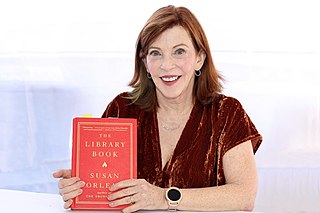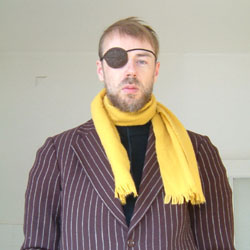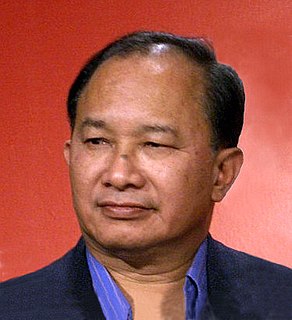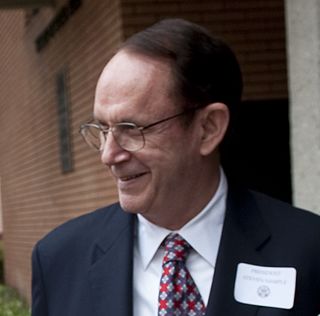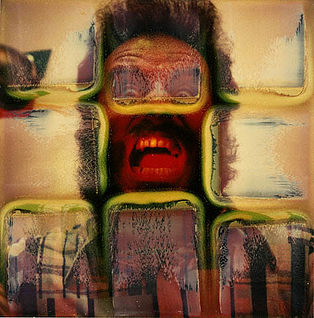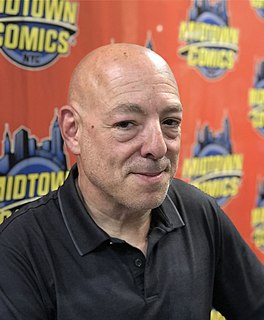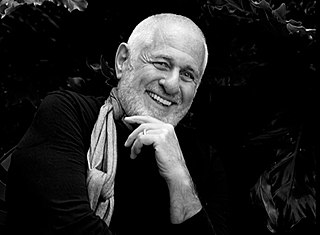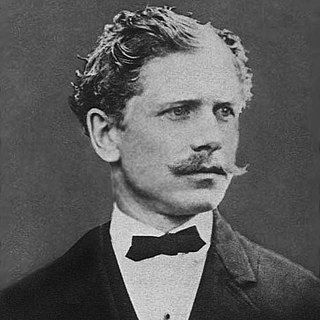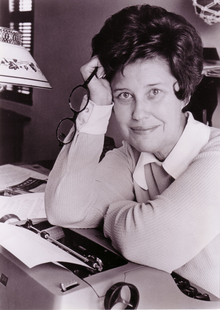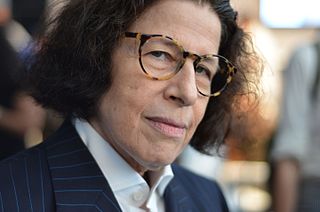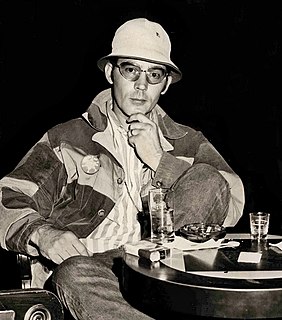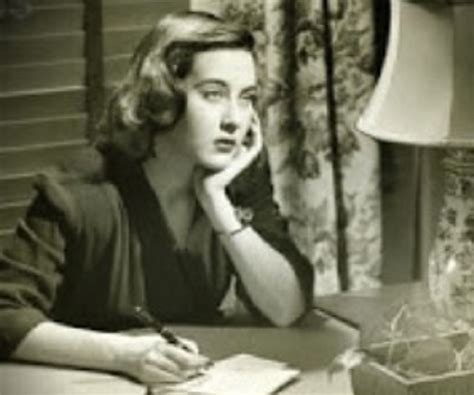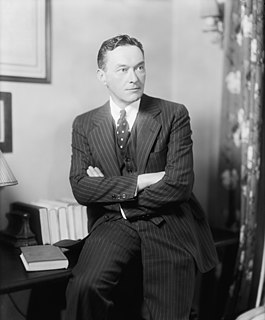A Quote by Susan Orlean
I like the idea that people get engaged thinking about design, about creativity. I don't see how it could possibly be bad.
Related Quotes
I enjoy the optimism of design, even though we can see it as doomed. But I'm telling most people that I'm not writing about design any more this year. It makes no sense at all during the recession unless you write about sustainable or ethical design-very basic things, like how to get clean water in countries with a shortage of it.
Congenital naysayers are among the greatest stumbling blocks to thinking free. Rather than imagining how a new idea might possibly work, they instinctively think of all the reasons why it won't. They sincerely believe that they are doing everyone a favor by reducing the amount of time spent on bad or foolish ideas. But what they really do is undermine the creativity that can be harvested from thinking free.
I'm looking back at what I did and how it works. In a sense I'm waiting to see how people will respond. I'm waiting to see how you respond, without asking me to tell you what I think about it, because it is your job to give me an idea of how you go about thinking about this work. And if it's too absurd then, you know, I'll kick you out!
I couldn't take my eyes off of Stan [Lee]! As good as the movie is, all I could think about is, "What's he thinking?" So the movie ended, and then he, very whimsically, expressed all of his feelings about how long he waited, and how the TV shows in the '70s were all, "If only they could do this," and now they could. And he didn't get choked up and blubbery, but he was moved. Like, "Ohmigod, it happened while I was alive." And I can't believe I got to see that. He was very raw. It was quite beautiful.
I like to question the minutia, to get to the essence of things. The minutia of life is all about design. It's about the design of how you talk to another human being; it's the design of speech; it's the design of everything we do. We need to be better at listening, and we need to aim more directly at understanding and being understood.
People say graphic design is so different now, because you have so many more pixels and colors to work with... But when you study art history, you see there's just nothing new under the sun. Mosaics and needlework, it's all analogous to pixel and bitmap art. And with it all, good design's not about what medium you're working in, it's about thinking hard about what you want to do and what you have to work with before you start.
In churches, we see that getting people to show up for a prayer meeting is a lot more difficult than a concert or service project or just about anything else. So we were thinking, we're stepping into some unknown territory here that could be as profitable, or it could be a box-office flop, but there was a rightness about it. And so this whole idea of the war room being like a spiritual warfare room, a place of prayer where you get alone with God and you're making your decisions and you're dealing with your issues first in prayer.
